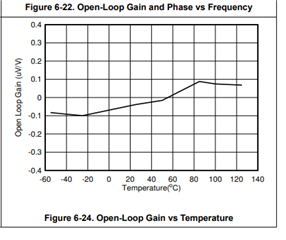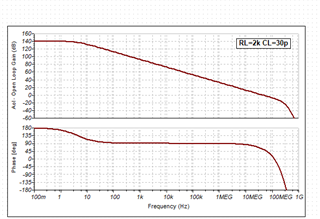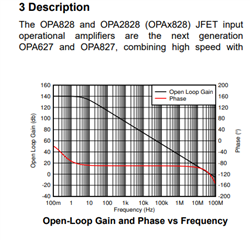This seems to be a new plot, can't make much sense out of it, does the Aol polarity really change across temperature - surely not,

Being bounded by 0.1uV/V, I am interpeting this as the inverse of the DC Aol and it implies > 160dB Aol.
The spec table is about 130dB type 120dB min which would be the ATE limit. I am guessing this is a single part swept on ATE reporting measurement errors as I recall anything more than 130dB Aol was very hard to resolve. In any case, I would shuck this off into the useless plot category
And as long as I am noting oddities, this Aol plot in the TINA rev C reference design has the Aol phase starting out at 180deg, normally that should be 0deg.



